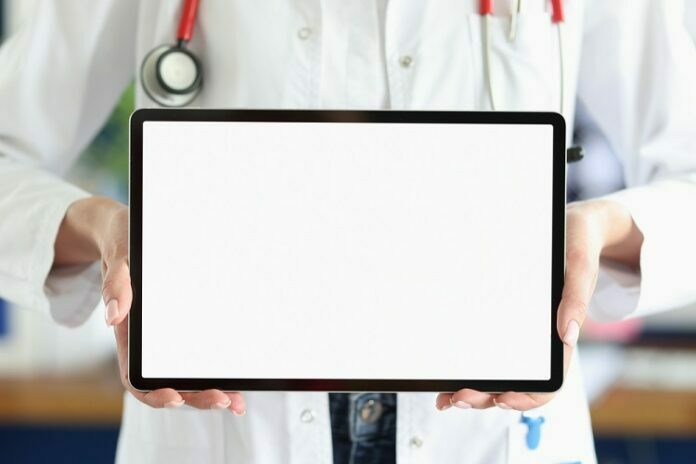In an organisation, a person who takes up the administrative support system is called the receptionist. Their work area is typically near the office’s waiting room or lobby.
The receptionist has numerous responsibilities like greeting visitors, patients, guests, and clients, supporting, answering, and guiding them until their work is done.
Thus, the need for a receptionist has never been down in demand. On the contrary, in recent years, the medical sector’s demand for receptionists has grown. Many platforms have also established medical reception courses online to cater to industry needs.
In this section, you understand the online offerings made through medical reception courses and understand the curriculum.
Table of Contents
Basic computer skills
Computers are now used in every office. There is no place for computer illiterates in today’s job market. Thus, medical reception courses online introduce basic office computer skills. Students are taught keyboarding, Microsoft Word, and excel. In addition, they are trained to manage files, folders, and other software used in the health industry.
Medical office procedures
A medical office receptionist has to be well-versed in electronic procedures. It includes reception, communication, scheduling appointments, telephone procedures, etiquettes, managing records, and taking a note of everyday transactions. Students will also be trained in banking procedures, payroll, billing, inventory management, etc. Computer simulations of a medical office setup are provided to strengthen their practical skills.
Customer service skills
It lays the foundation for excellent customer skills. It helps them identify the external and internal customers and enhances their listening skills and techniques for asking questions. They are also trained in the area of customer service representatives.
Teach medical language skills
Medical terms are essential for productive communication in the office. Students are taught many medical times along with their meanings. They are also taught the root words, suffixes, prefixes, etc. Everything is taught, from how to pronounce the words correctly to understanding their aspects. Finally, they are also taught how to relate the terms to the health practices evaluation.
Diagnostic coding
Budding medical receptionists are taught diagnostic coding. It is a computer technology to support diagnostic coding—the coding method for describing and analysing digital medical images. Diagnostic coding is a low-cost, high-throughput coding method that can be used for many purposes, including diagnosing diseases and conditions. It consists of the process of using computers to support the interpretation of clinical information. For example, it allows clinicians to identify the need for further investigation, tailor a treatment plan, or identify patterns in a dataset to inform an impending diagnosis.
Anatomy and physiology
Medical reception courses are provided online to ensure students know the basics of anatomy and physiology. It is essential to help patients query and classify different diagnoses and treatments.
Medical Audio Transcription
Medical transcription is a specialisation in using voice to render medical information into a written form, often a chart or formulary. One has to record voices and prescribe medical treatment using the written word to convey the doctor’s words accurately. Students are taught to accurately convert the audio into written form without making mistakes in medical terms.
Keyboarding
Receptionists need exceptional keyboard skills as most of their work has to be entered manually in the system to maintain errorless documentation. Thus, keyboarding skills are also taught in the course of a medical receptionist.
Thus, these are the common elements in the curriculum taught to budding medical receptionists. In addition, many institutions now offer exclusive medical reception courses. One can use this as a guide to know whether they are providing a comprehensive course.









